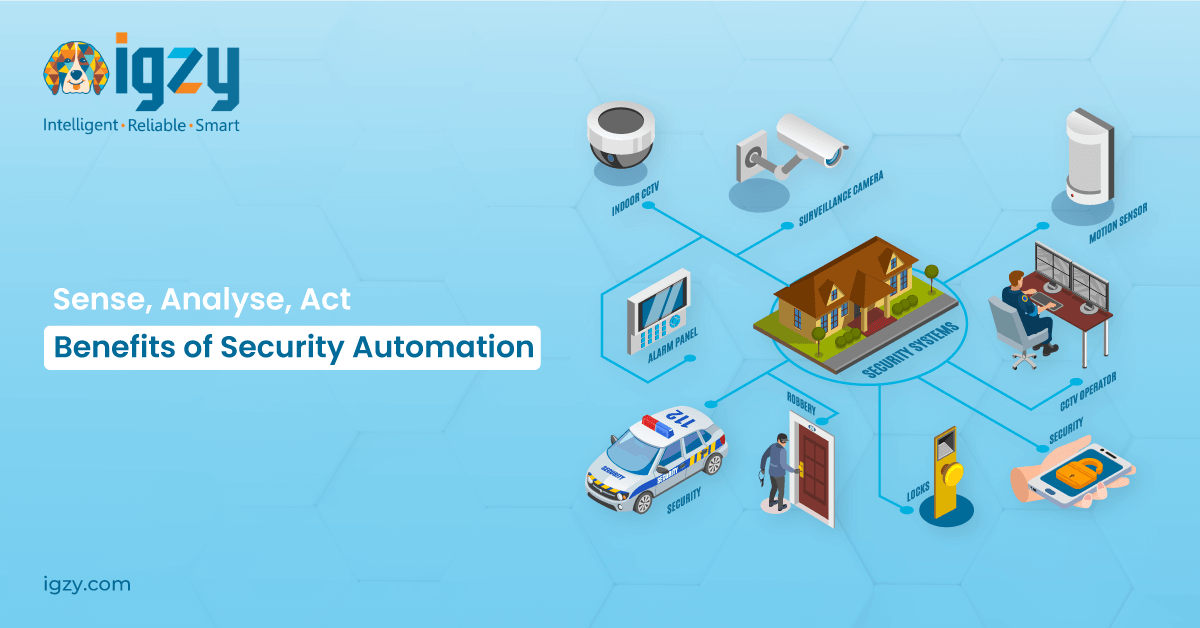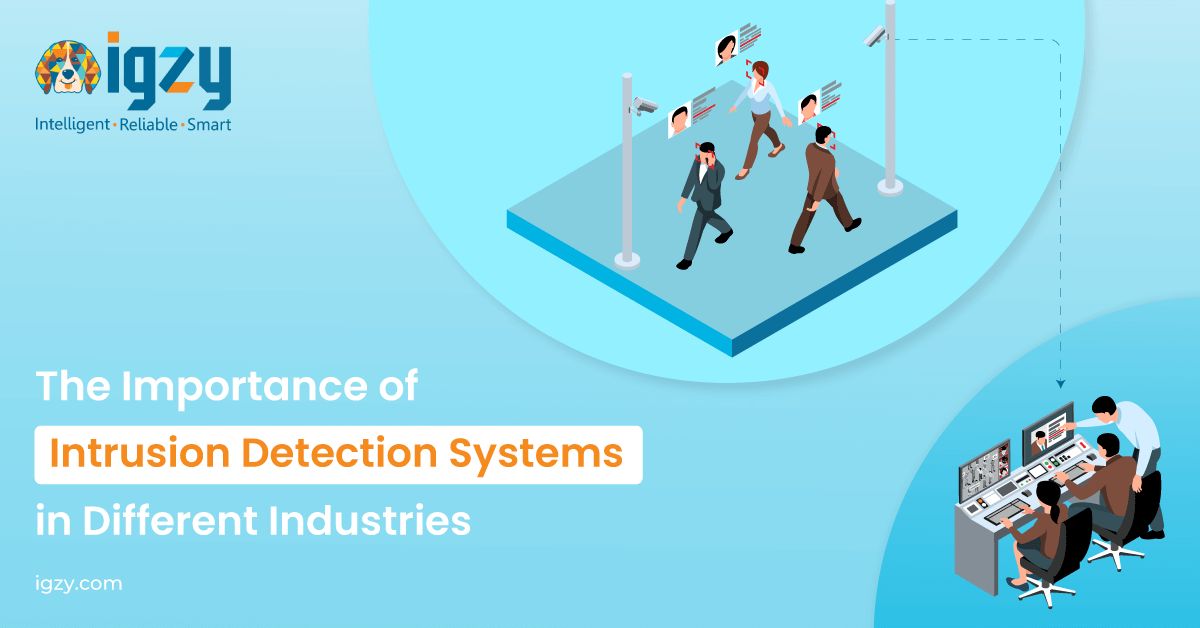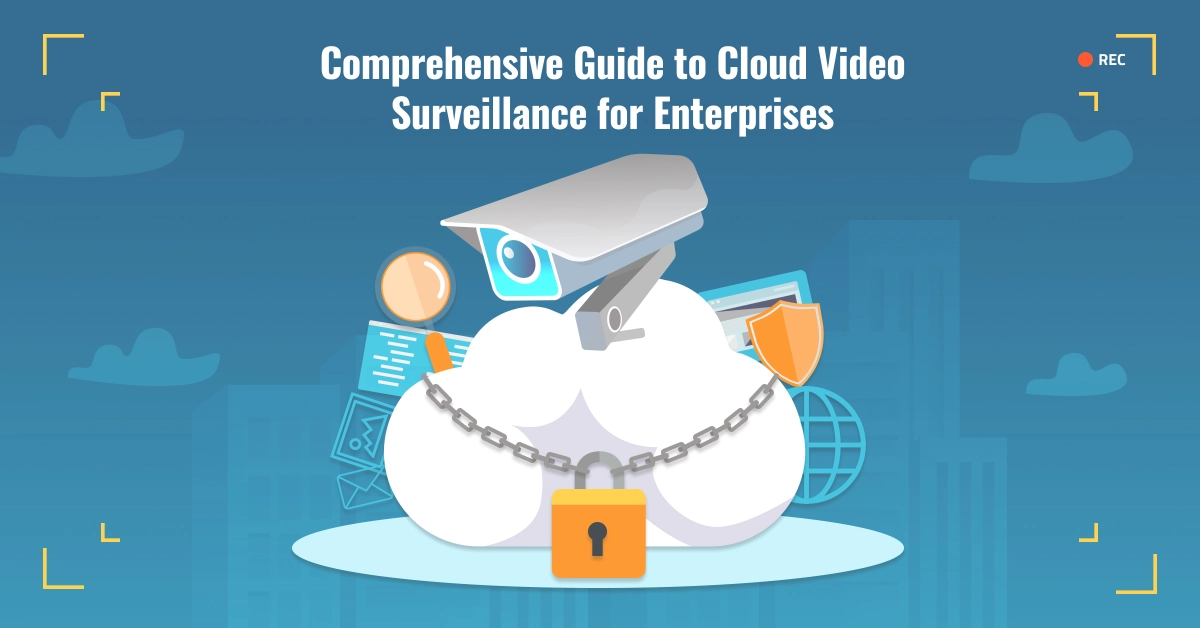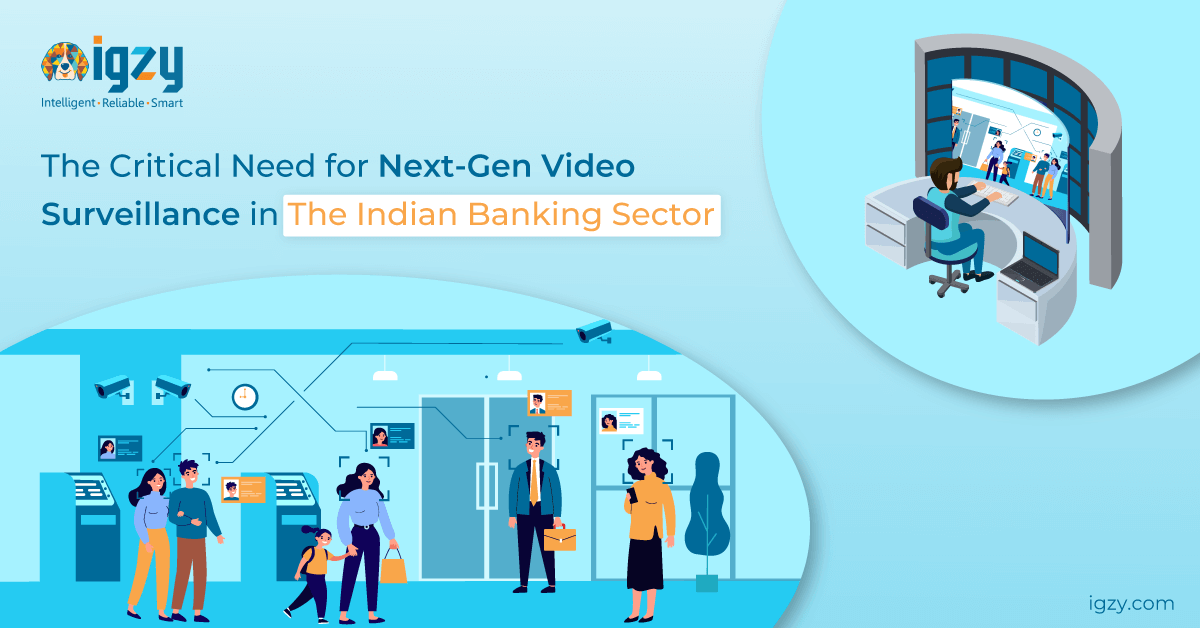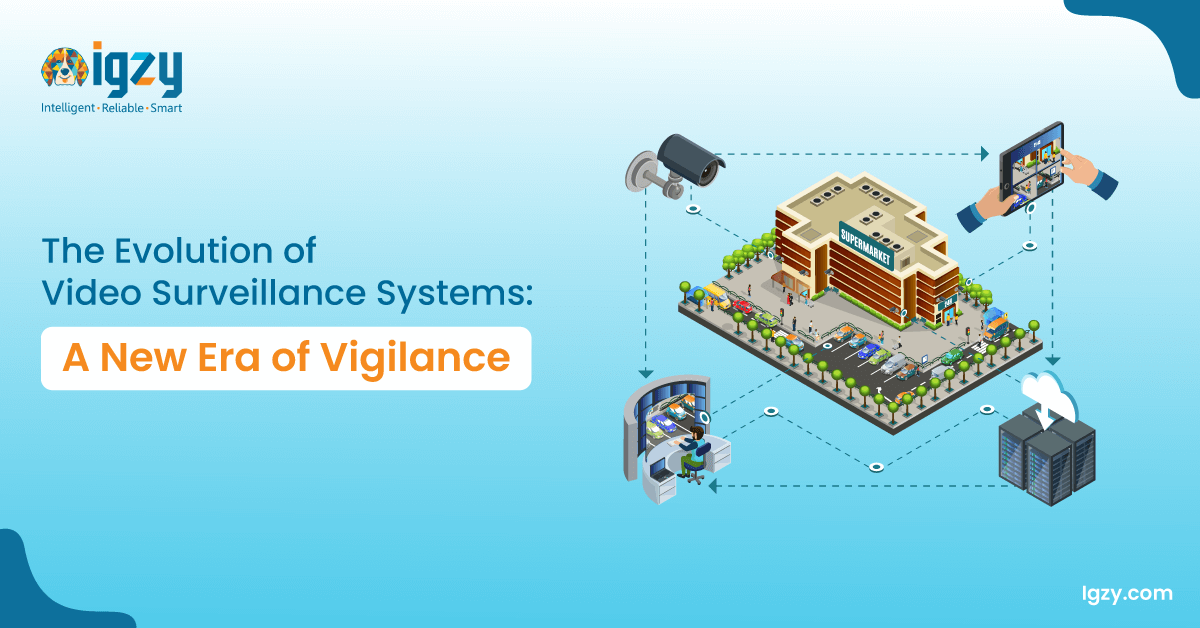The Future of Video Surveillance
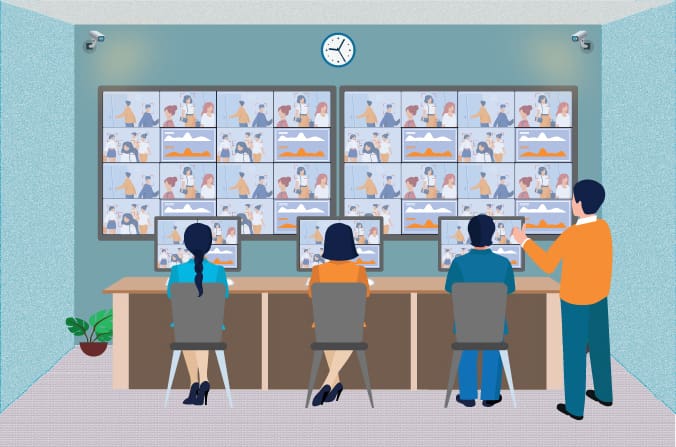
Table of Contents
The technological developments of the current decade are unmatched in their rapid rise towards an overall automated video surveillance ecosystem, allowing machines to take over the task of maintaining a safe jurisdiction, across all sections of society. Being employed across commercial as well as residential use cases, these evolved set of operating mechanisms have successfully kick-started the global journey towards a more reliable and unbreachable security wall. All industries, whether public or private, have been working towards slowly upgrading themselves, some adopting a completely new and advanced infrastructure while others incorporating these technologies in certain vulnerable parts of their businesses. The global video surveillance market, estimated at a market value of 45.5 billion in 2020 is estimated to reach USD 74.6 billion by 2025, projecting a CAGR of 10.4% during the forecast period.
Automated video surveillance has taken over our lives without us even realizing, becoming incorporated into our lifestyles without any additional effort from our end. Even receiving a notification from your email platform when you log in from a different device is just that, a mute and minute example of technological surveillance incorporated into our daily lives.
Privacy and Technology
Technology is taking over, that is no secret. But the realization that moderation is optimal, that going overboard can backfire and can result in more invasion than protection is what is needed. Major enterprises across industries have been unsure in investing in advanced infrastructure for the fear of giving up their autonomy over their own data and information.
In lieu of these drawbacks, however, it is not possible to undermine the benefits provided by these technologies. Organizations can take some basic precautions to put their customers and employees at peace, like limiting the use of cameras around breakrooms and always putting up signs so people are aware they are under surveillance. These signs are often enough to deter people from committing any offenses while others appreciate the organization’s transparency. As long as organizations employ face recognition mechanisms that only store the physical data of the people without invading their personal information, most customers feel comfortable in the presence of these surveillance systems.
The future of security surveillance solutions
Smart video surveillance solutions aren’t the product of the latest advancements in the field of security, but they surely keep up with the trends of the time. From commercial to lifestyle applications, improved IP based systems have taken over the responsibility of protecting premises while also putting the available assets to the best possible use, the use cases ranging from intrusion detection, energy management, contactless ID verification to real-time notifications and a round the clock operating command center receiving those alerts.
Video surveillance as a service(VSaaS) has been employed to convert homes, factories, and service centers smart, providing multitude of applications to optimize efficiency in operations while establishing a security-prioritized establishment. While still incurring great benefits from the established technologies, their employment hasn’t been done to the highest possible extend, a large scope for enhancement still left undisturbed.
Biometric- The Next Generation Identification
Machines are learning today, being trained to identify other machines and people at close proximity to them or as far as their sensors allow them to operate. These technologies are being used to create a closed circuit of authorized personnel, with their faces, fingerprints, retinas or voices acting as their entry passes, especially into data sensitive areas. Law enforcement, especially in North America, utilize these systems of identification to keep a record of a multitude of their population, adding new data everyday.
Smart Data
The present day video surveillance systems are quick to record and store data from across multiple sites, making it available to be viewed, downloaded and played back by authorized users for the security platform, whenever, wherever they require, basing in on the availability of a secure network connection. The big data recorded is then automatically analysed depending on the use case, separating intelligent data from unintelligent data, sharing it over secured networks as small packets of useful information.
Surveillance Drones
Recording video footage and audio, from discrete locations, following criminals in a car chase, recognizing people entering or existing premises has been an activity followed through by authorities to maintain security, using surveillance drones being controlled by a remote control or joy stick. While these aren’t as commonly used incommercial surveillance yet, their application has been expanding over the years.
Facial Recognition
E-surveillance systems equipped with face and object recognition abilities are a definite go to for a bunch of modern-technology based corporations; wanting to maintain absolute vigilance over not only the footfall of their premises but also details of who is entering and at what time. This technology, earlier basing its original application with law enforcement units has slowly been entering the commercial side of things; coming in handy for business owners to keep criminal and offensive activities in their premises to a minimal.
Stingray tracking
These tracking devices stimulate cell towers and force mobile phones and other devices to connect to it, instead of a legitimate cell tower. While these devices, being used to track criminals, can help find their location and get access into their devices, this isn’t a single target device, and results in all neighbouring devices connecting to this network; sharing all personal and sensitive information and giving access to the authorities into their devices. This, in the past, has made people wary of similar technologies being utilized by authorities that can be used to invade their privacy.
RFID
Tracking products across locations had been an extensively menial task in the past, being followed through manually. This not only increased the lapse time a product went through at its varied locations but also increased margin for human error. Radio frequency identification chips have been employed by major warehousing and logistic companies, owing to its benefits of keeping track of a product’s location, automatically updating the process status, easy placement of product w.r.t. the batch and shelf number, all the while reducing scope of human interference and error.
Location tracking
Location tracking has been a prominent use case for warehousing and logistic companies when it comes to placing their transactional products geographically in the process, or the placement of assets within a facility. Tracking of vehicles is another common occurrence, either to stay updated about a product’s journey or follow a suspicious person.
Inventory tracking
Tracking of inventory inside and outside a facility proves very beneficial to business owners, getting the precise location of commodities throughout their journey, allowing for easy placement of like products or those in high demand and convenient placing of accountability in case of incomplete or delayed transactions.
License plate tracking
Location tracking using license plate number is a highly efficient method used by armed forces and security personnel to track the location of suspects and criminals; also being used by traffic regulating stations to find the identity of people in case of mishaps like hit and run or apparent kidnapping. These however, are also being used by businesses and enterprises today, to keep track of their commodities being transported through trucks or other vehicles. Keeping track of license plate works very similar to that of RFID tracking.
Conclusion
When it comes to video surveillance systems, Artificial Intelligence and Machine Learning led technology has created a security network dominated by varied detection and recognition abilities; keeping check on people that enter a premise, as well as their operations, especially in case of suspicious activities. These systems today have been completely absorbed by the idea that security and efficiency is what attracts people towards businesses. Enterprises across major industries as well as people in their homes are moving towards an altered perspective towards Artificial Intelligence led mechanisms, from invasion of privacy to protection of privacy. These security systems having been mechanized to provide an ease of mind to the businesses, taking on the responsibility of securing their valuables; have penetrated every segment of association; however its expansion is still under progress.
To explore the possibilities of today’s cloud based video surveillance systems for your business, get in touch with IGZY.

